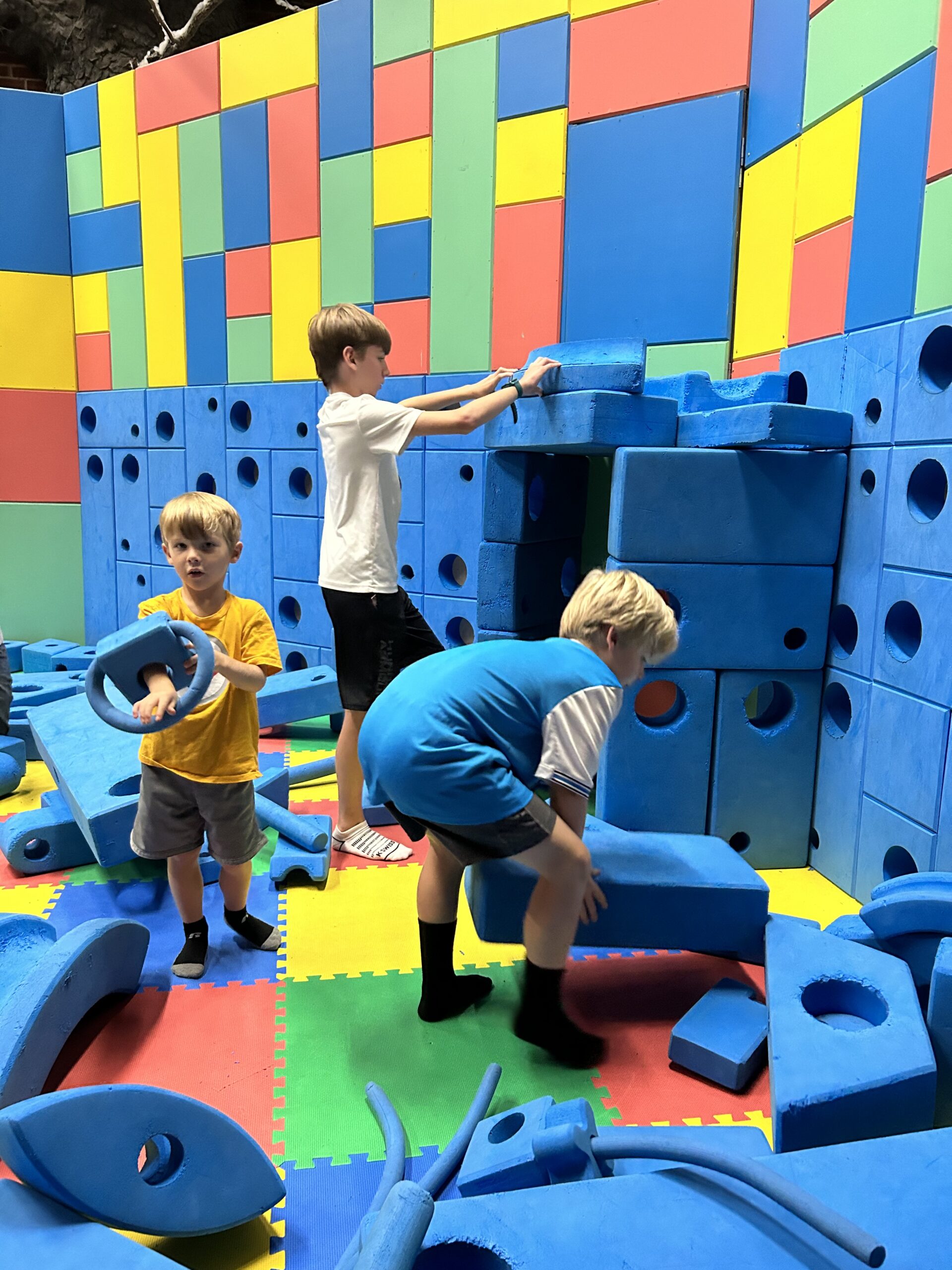War is a difficult subject for teachers and parents to tackle. Many students have questions about the war in Ukraine. Students with fewer experiences than others need help to understand this crisis in Ukraine. They want to know about destruction and nuclear bombs. In discussions, students use vocabulary they do not understand. The lack of understanding causes anxiety and fear. Therefore, students need more knowledge for their comprehension.
War and Children
A country’s conflict causes many adults and students distress. Young children and teens wander how it came about and what happens next. They also wonder if it will affect a country that is not in the crisis. Students are better at coping with the news and images they see and the discussions they hear if they are better informed.
- Lessons at school and discussions at home needs to be at the level of the student.
- Discussions provide students with critical thinking skills.
- Students learn about the importance of the past to understand the present.
Discussions
Conversations need to begin with what the child, teen, or students already knows. Many students have already heard about the Ukraine crisis. Their information is from social media, friends, TV, or from comments at home. Therefore, some information may cause misconceptions because of inaccuracies.
Students have the same concerns as adults. It is likely that students have additional questions too. Fears and anxiety are common reactions in a crisis. Do not ignore their fears. Provide honest explanations and correct any misconceptions. Give children strategies to cope with anxiety and fears. Do not ignore them. Be aware of a student’s social and emotional wellbeing.
Discussions guide students to manage their feelings and thoughts they need to face events that are scary. Developmentally appropriate talks help with feelings and thoughts and support positive management skills.
Student Wellbeing
The attack of another country is horrendous. Students see many disturbing images on social media or TV. Be aware of a student’s emotions with answers about the war. Young children and teens have various levels of reactions to the events in other countries. Some students are more reactive than others.
Students pick up fears from adults. “Worry about the war is not all bad—it means that a child has empathy,” said psychologist Mary Alvord, PhD, founder and president of Resilience Across Borders, a nonprofit focused on enhancing childhood resilience. “As long as it’s channeled into action and not bottled up, worry can even be productive.”
Monitor what students and children at home see on TV. It may be best to turn off images that are for adult viewing only. A crisis has no easy answers as it continues. For this reason, it provides many teachable moments about the past, present, and the future.


